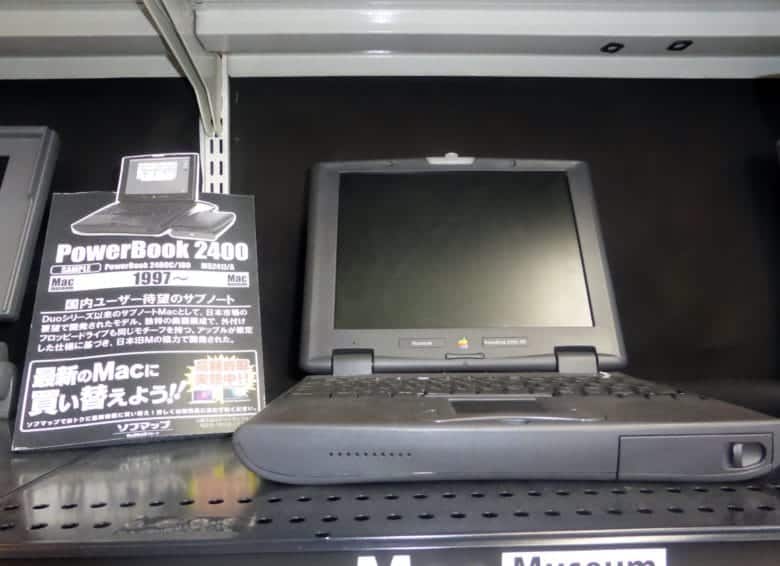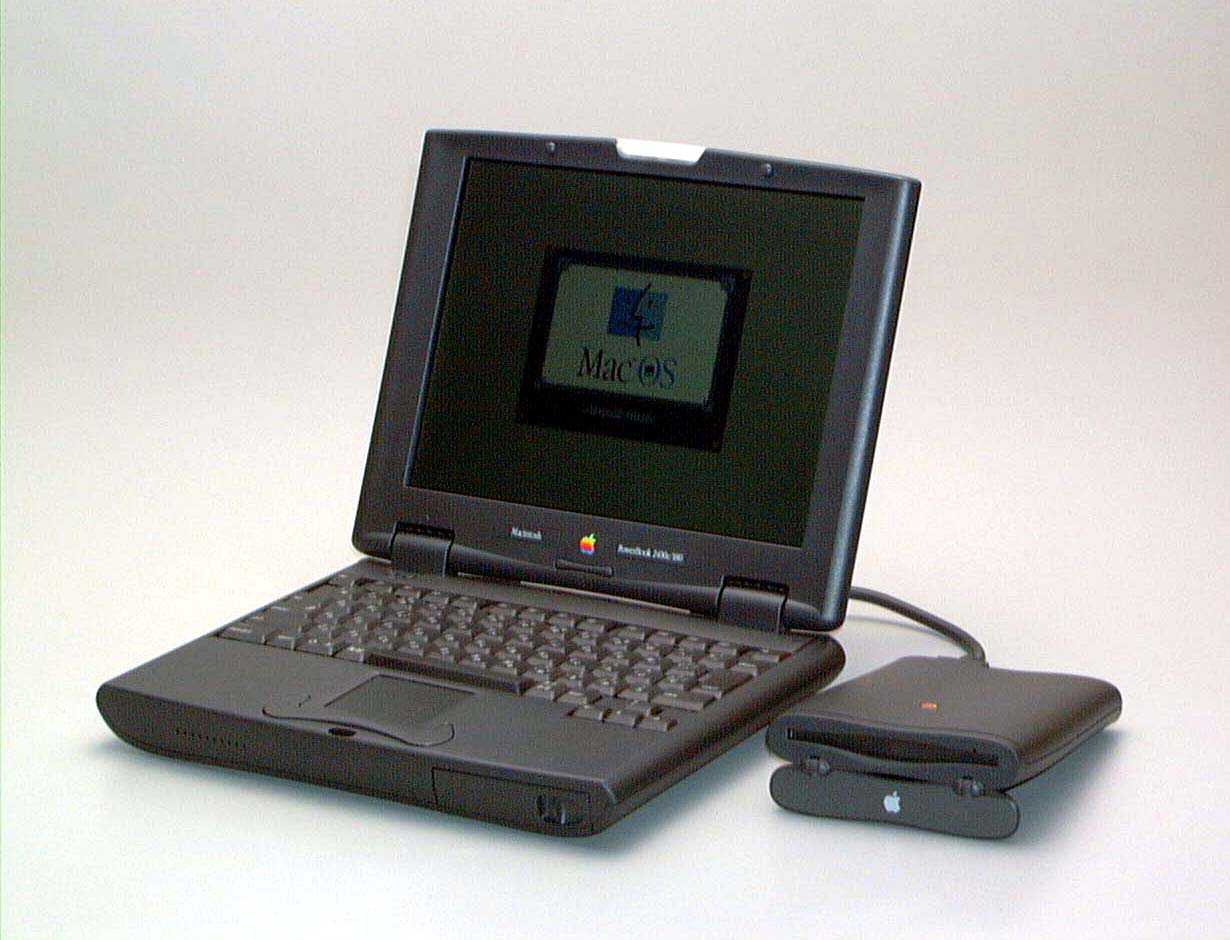 May 8, 1997: Apple launches the PowerBook 2400c laptop, a 4.4-pound “subnotebook” that’s the MacBook Air of its day.
May 8, 1997: Apple launches the PowerBook 2400c laptop, a 4.4-pound “subnotebook” that’s the MacBook Air of its day.
The PowerBook 2400c predicts the rise of speedy, lightweight notebooks, while also paying tribute to Apple’s past. Its design echoes the original PowerBook 100. Even years later, it remains a cult favorite among many Mac users.
PowerBook 2400c: Impressively thin, impressively powerful
Today, a 4.4-pound laptop doesn’t sound particularly impressive. The modern MacBook Air weighs less than 3 pounds, making the PowerBook 2400c seem chunky by comparison. However, it came in at about half the weight of most laptops in the late 1990s. That made it an impressive engineering feat from Apple.
Despite this, the PowerBook 2400c proved surprisingly powerful. Manufactured by Apple’s old rival IBM, it came with PCI-based architecture with a 180 MHz PowerPC 603e processor and 256KB of Level 2 cache. This allowed it to run the standard business applications of the time almost as well as Apple’s more-powerful PowerBook 3400c.
And that software looked good on the computer’s 800×600, 10.4-inch active matrix TFT display. The graphics were a step above what many laptops offered at the time.
The PowerBook 2400c also boasted a 1.3GB IDE hard drive and 16MB of RAM (expandable to 48MB). The laptop’s lithium-ion battery delivered two to four hours of use between charges.
Plenty of ports and expandability

Photo: Tokumeigakarinoaoshima CC
The 2400c came with a decent array of ports, too, including one Apple Desktop Bus, one serial port, one audio out, one audio in and one HD1–30 SCSI connection, along with the onboard Mini–15 display connector.
It also came with two Type I/II PC Card slots and the option for a double-high Type III PC card for added expandability.
Later, when other Apple laptops of the era became outdated, this level of expandability gave users access to everything from USB and FireWire to Ethernet and wireless networking.
… but no CD-ROM or built-in floppy drive
As with any lightweight laptop, however, Apple made some compromises. To achieve the PowerBook 2400c’s thin form factor, Apple ditched the CD-ROM drive and internal floppy drive. However, the laptop came with an external floppy.
Nonetheless, the level of expandability made the PowerBook 2400c a computer that lived well beyond a few years. It came preloaded with the popular Mac OS 8, but could run anything from System 7 to Mac OS X 10.2 Jaguar, with the correct modifications. It was particularly well-liked in Japan, where people favored lightweight laptops long before Western consumers did.
Steve Jobs killed this popular laptop
Sadly, the PowerBook 2400c didn’t survive the wrath of Steve Jobs. When he returned to Apple and subsequently assumed full control (he took over as interim CEO just two months after the laptop was released), he began scrapping projects to streamline Apple’s offerings.
By the following year, Apple had just four major products: the iMac G3, the Power Macintosh G3 and the PowerBook G3 series laptops. Jobs kicked the PowerBook 2400c to the curb in March 1998.
Do you remember the PowerBook 2400c? Leave your comments below.


